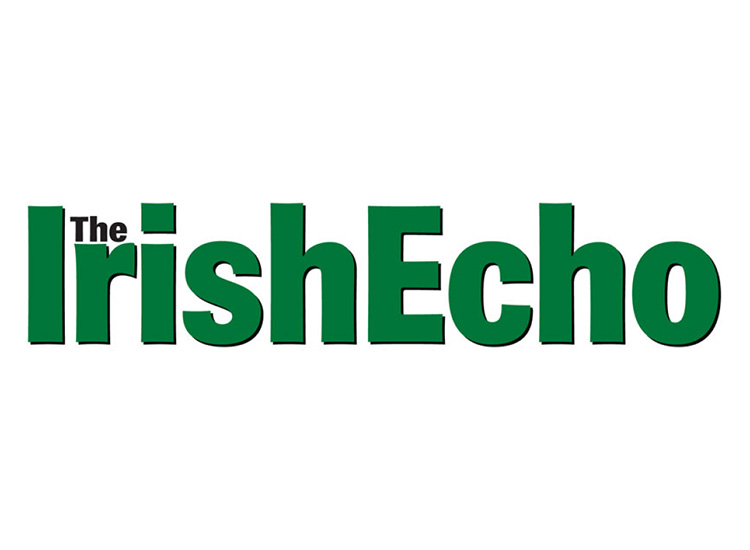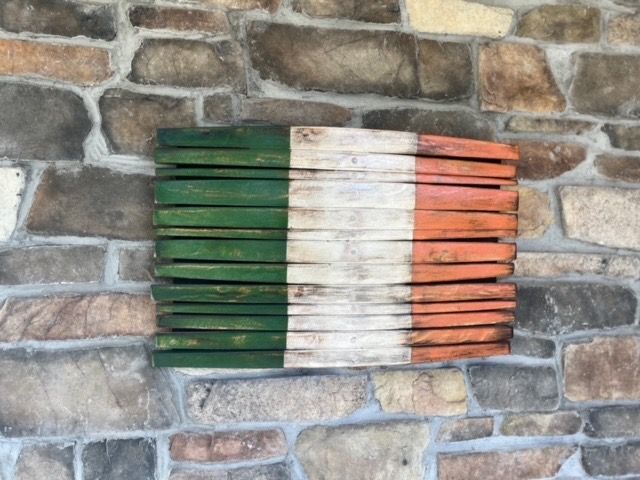
- Henry Mountcharles.
Irish whiskey is becoming so popular that major distillers are worrying about being able to match demand with supply.
And a consequence of this concern has resulted in the new owners of one major Irish whiskey maker, Cooley Distillery, not to supply whiskey to independent operators.
The move, by the U.S. Bourbon-maker, the Beam group, has been labeled as "anti-competitive" by Slane Castle owner Lord Henry Mountcharles, who markets his own brand to the American market.
The Irish Independent reported that "an angry Mountcharles" had cut short a U.S. marketing trip for his own whiskey label when he discovered that Beam would not sell him any more whiskey.
"It is not what they have done, it's the way they did it. It feels like we've been cut off at the knees," Mountcharles - famous in Ireland for mounting major rock concerts at his Slane Caste home - said.
The report stated that former Cooley director, Willie McArthur, who is working in a marketing role for Beam, producers of the Jim Beam bourbon brand," said the own-label sellers were unwitting victims of the "runaway" success of Irish whiskey.
"The speed at which sales are growing caught everybody by surprise, including the new owners of Cooley. They have done a full review and the sales people say we may need more whiskey than we actually have.
"We aim to create another Jameson. We are thinking at that kind of level. We have to make sure we do not run out of whiskey in three years time," McArthur said by way of explaining that this potential shortage explained the abrupt nature of the withdrawal.
"We have contracts with a few customers but most, like Lord Henry, would just place orders as required and we cannot accept new orders."
Slane Castle Irish Whiskey was launched in 1999, targeting the premium U.S. market with Irish prices of €50 a bottle.
"We were about to sign a large distribution deal in the U.S. when we learned our supplies would be cut off," Mountcharles said.
"I told Beam I regard their actions as anti-competitive. We won't take this lying down and I'm considering whether it could be referred to the Competition Authority."
Mr. McArthur was sympathetic but was sticking to his guns.
"I have a lot of sympathy for Henry and the other producers. Unfortunately, they were getting their supplies from people who now don't have enough. I don't see how it can be anti-competitive when there are other distillers who could supply. In Cooley, we would sell to anybody who could pay and who we thought had a reasonable chance of success. But those days are gone," he said.
In practice, according to the Independent report, that means just Irish Distillers and Bushmills - now owned by Diageo, which also owns Guinness - could potentially supply whiskey but both have been reluctant to sell stocks.
William Grant, the new owners of Tullamore Dew, has been considering building a new distillery to ensure sufficient stocks, the report added.
Cooley was sold to Illinois-based Beam - the world's fourth largest spirits producer - just a few months ago for $95 million.
Prior to the sale, Cooley had seen sales of its brands - including Kilbeggan and Connemara - soar with a 50 percent increase in 2011 over the previous year.
Sales of Irish whiskey globally have been rising rapidly in recent years with much of the growth concentrated in the U.S. market. Part of the growth has been as a result of a rapidly expanding number of Irish brand labels, each with their own marketing drives.
Ever since whiskey began to make significant market inroads in the 19th century, Scotch brands - there are a couple of thousand of them - have tended to dominate the world market.
Scottish whisky (it's generally spelled without the "e") had a jump start over its Irish cousin in part due to the fact that when Scottish brands were being born, Ireland was under the sway of a powerful temperance movement.
As a result, and until quite recent years, the number of major Irish brands could be counted much the same way as whiskey might be measured in a glass - with the fingers on one hand. That has changed and now individual Irish brands are fast growing in numbers though the gap between Irish and Scotch in terms of labels still remains a very big one and is likely to remain so for a long time to come.










